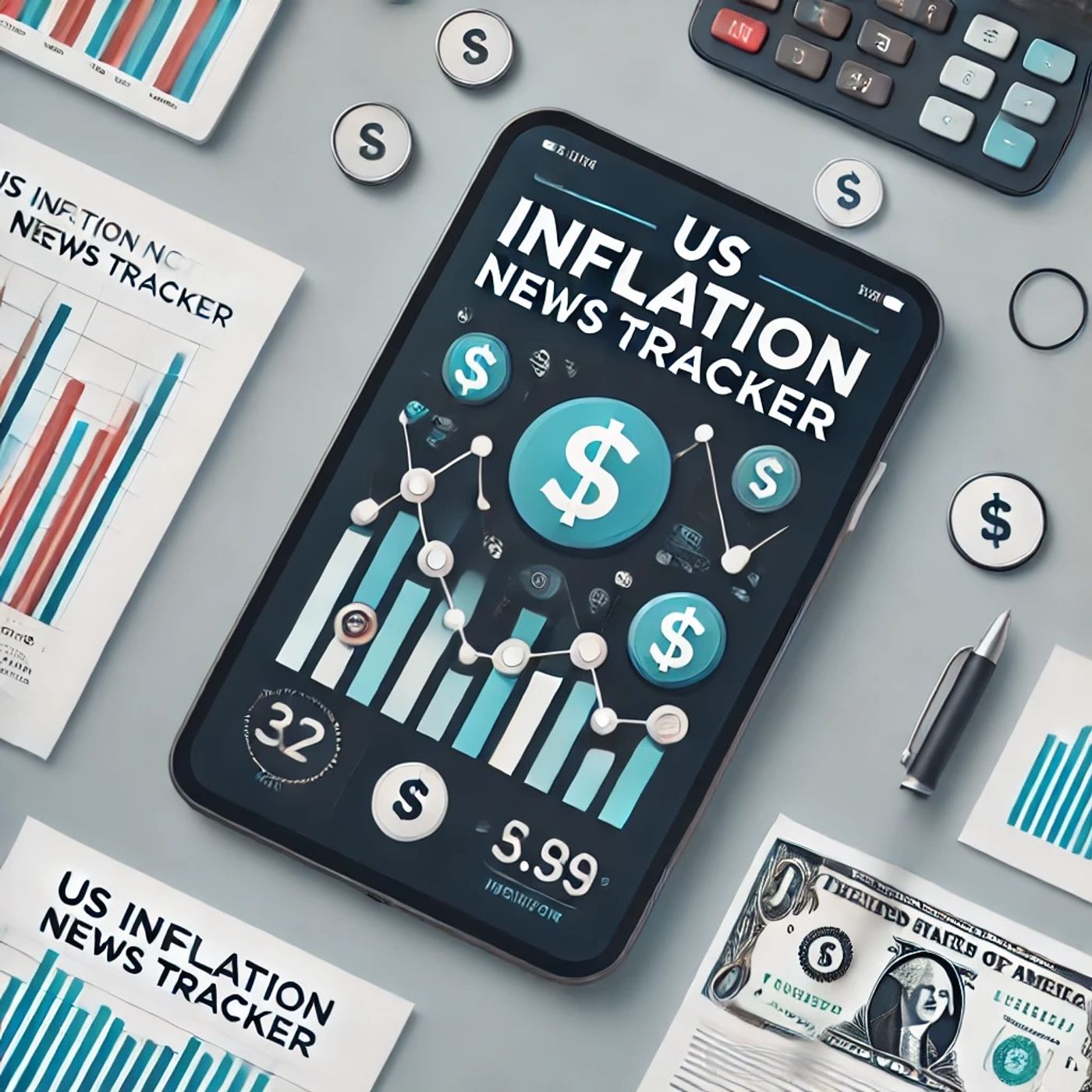Feb 03 2025 2 mins
The U.S. stock market experienced a downturn on Monday, driven by anxieties surrounding President Trump's trade policies. Investors are keeping a vigilant eye on the repercussions of the ongoing trade war instigated by the U.S., focusing particularly on the tariffs that have been implemented. These policy maneuvers have cast a shadow over financial markets on a global scale, stoking fears of adverse economic outcomes.
Market analysts have noted that the introduction and escalation of tariffs could lead to increased costs for imported goods, which in turn might be passed down to consumers. This scenario is likely to fan the flames of inflation—a concern that the Federal Reserve has been monitoring closely. A sustained increase in inflation pressures could compel the Fed to adjust interest rates more aggressively than anticipated, potentially cooling economic growth.
Furthermore, many U.S. companies, particularly those in manufacturing and technology sectors with international supply chains, are beginning to feel the pressure. These industries are grappling with higher input costs and logistical disruptions, which could negatively impact their profit margins and overall competitiveness in global markets.
In response, financial markets have shown heightened volatility, with equities dipping as investors weigh the long-term impacts on corporate earnings and the broader economy. The Dow Jones Industrial Average, for instance, has shown significant fluctuations, reflecting investor apprehensions.
Globally, the ripples of the U.S. trade policies are being felt, as trading partners consider retaliatory tariffs or seek to renegotiate trade agreements, potentially realigning international trade dynamics. The uncertainty surrounding these global economic relationships feeds into the market instability, further undermining investor confidence.
This economic environment accentuates the complex interplay between trade policy and market performance, highlighting the delicate balance policymakers must maintain to foster economic stability while protecting domestic interests. As the situation evolves, the coming weeks will be crucial in determining the trajectory of both the U.S. and global economies, making it essential for investors and policymakers alike to remain vigilant and responsive to changes in trade policy and market sentiment.
Market analysts have noted that the introduction and escalation of tariffs could lead to increased costs for imported goods, which in turn might be passed down to consumers. This scenario is likely to fan the flames of inflation—a concern that the Federal Reserve has been monitoring closely. A sustained increase in inflation pressures could compel the Fed to adjust interest rates more aggressively than anticipated, potentially cooling economic growth.
Furthermore, many U.S. companies, particularly those in manufacturing and technology sectors with international supply chains, are beginning to feel the pressure. These industries are grappling with higher input costs and logistical disruptions, which could negatively impact their profit margins and overall competitiveness in global markets.
In response, financial markets have shown heightened volatility, with equities dipping as investors weigh the long-term impacts on corporate earnings and the broader economy. The Dow Jones Industrial Average, for instance, has shown significant fluctuations, reflecting investor apprehensions.
Globally, the ripples of the U.S. trade policies are being felt, as trading partners consider retaliatory tariffs or seek to renegotiate trade agreements, potentially realigning international trade dynamics. The uncertainty surrounding these global economic relationships feeds into the market instability, further undermining investor confidence.
This economic environment accentuates the complex interplay between trade policy and market performance, highlighting the delicate balance policymakers must maintain to foster economic stability while protecting domestic interests. As the situation evolves, the coming weeks will be crucial in determining the trajectory of both the U.S. and global economies, making it essential for investors and policymakers alike to remain vigilant and responsive to changes in trade policy and market sentiment.
